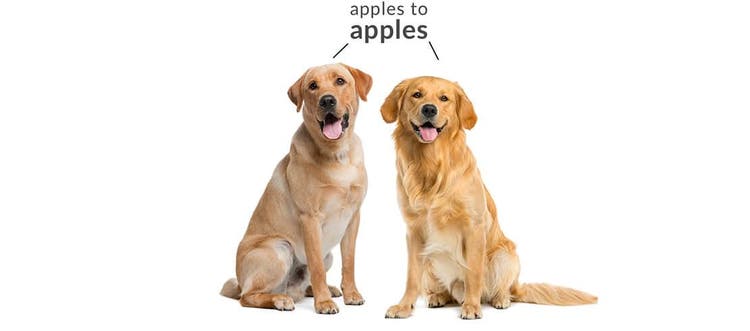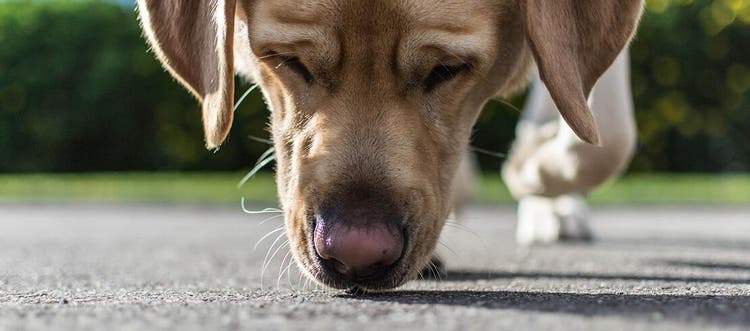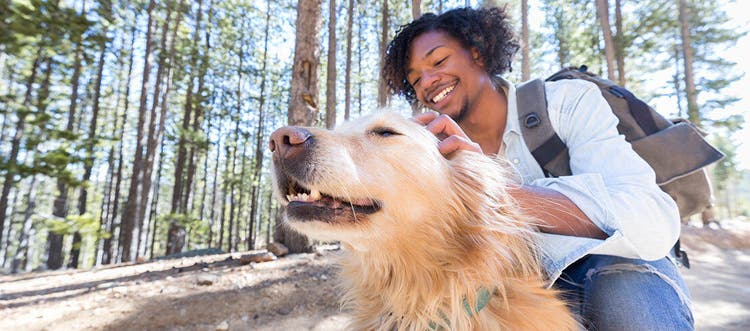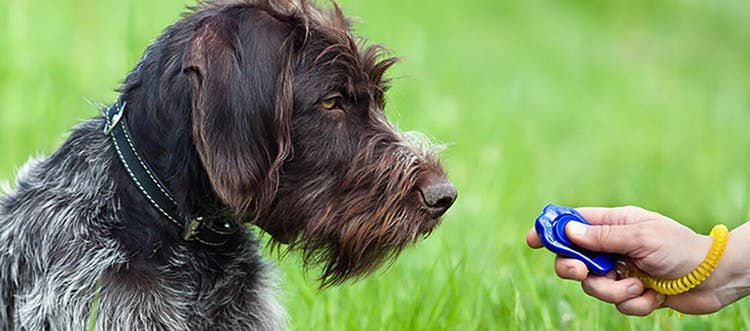Reviewed by Dr S. Shortreed BVSc and Dr Abbie Lam DVM
From harmless growths like skin tags to potentially dangerous intruders like ticks, being able to spot the difference between various skin anomalies is crucial for the well-being of our canine companions. We're here to help you confidently identify ticks, scabs and skin tags on your dog, so you can feel empowered when addressing these common skin issues.
Telling the difference between ticks, scabs and skin tags on dogs
Differentiating between a tick, a scab or a skin tag on your dog can be challenging for some people - they all share similarities often looking alike at a glance. Telling them apart requires careful observation and attention to specific characteristics. Here are the main identifying features to look out for:
Ticks
Ticks are widespread in Australia thanks to our warm, wet climate. These insidious parasites aren't just a nuisance to your dog - they can also cause deadly tick paralysis and can pass on serious tick-borne diseases such as canine ehrlichiosis. Because of this risk of disease, it's crucial to be able to spot a tick and remove it promptly (more on that process later).
Tick identification cheat sheet
Appearance: Ticks are small arachnids that can vary in size, appearing round or oval-shaped when engorged after feeding. They may resemble a small wart or skin bump, often dark brown, black or reddish-brown in colour.
Legs: Ticks have eight legs, which might be visible when closely examined. (NB Adult and nymph stages have eight legs, larval ticks only have 6 legs).
Attachment: Ticks embed their mouthparts into the dog's skin to feed on blood and can appear embedded or firmly attached to the skin.
Location: Ticks are commonly found in areas with thinner skin, such as around the ears, neck, armpits or between the toes, but will attach anywhere.
Feel: Ticks might feel harder or more solid when touched.
Scabs
Like humans, dogs get scabs that protect their skin as it heals from cuts and scrapes. The scabs themselves are nothing to be worried about - they will fall off on their own when the healing process is complete. Most scabs are a one-off from an accident, but some scabs on dogs can be indicative of a more significant problem. If your dog has a scab that isn't healing it's best to seek the professional advice of your veterinarian.
Scab identification cheat sheet
Appearance: Scabs are dry, crusty formations that develop over a healing wound, scratch or irritation on the skin. They are typically flat and can vary in colour, usually dark or reddish brown.
Texture: Scabs have a hard, rough texture and are firmly stuck to the skin. They flake or peel off as the wound underneath heals. They can sometimes fall off with gently manipulation but it's not advisable to disrupt the healing process.
Location: Scabs develop over areas of skin damage or irritation and can occur anywhere on the body.
Skin tags
These benign growths are relatively common in dogs and are typically harmless. If you spot one and are confident it's a skin tag, you can leave it be, however it is best to have all lumps checked by a veterinarian to prevent misdiagnosis.
Skin tag identification cheat sheet
Appearance: Skin tags are small, soft, flesh-coloured growths that protrude from the skin. They might be round or irregularly shaped and often dangle from a thin stalk.
Texture: Unlike ticks or scabs, skin tags are soft to the touch and are not firmly attached to the skin. They usually do not cause irritation or discomfort to the dog.
Location: Skin tags can appear in various locations but are often found in areas where skin rubs together, such as the neck, chest or underarms.
Should I worry about a lump on my dog's skin?
If you spot something unusual on your dog's skin, it's only natural to feel anxious. Even with lots of information, it can be difficult for pet parents to confidently determine what the lump or bump is. If you're ever unsure, make an appointment with your local vet - they will be able to identify what the lump is and treat it accordingly if it's anything sinister.
Remember: never pick off your dog's scabs or try to remove their skin tags by yourself!
What do I do if my dog has a tick?
If you find a tick on your dog, it's essential to remove it immediately. We have a comprehensive guide for safe tick removal at home - just be sure to use a tick-puller and don't be tempted to "dig" the tick out with any other implements. If you're unsure if it's a tick, not confident removing it yourself or don't have the right tools, get to your local vet as soon as possible - they can assess the situation and remove any ticks safely and hygienically.
Stay up to date with parasite protection
Dogs can be curious little creatures, which leads to a lot of time spent outdoors exploring. This adventurous lifestyle is perfectly natural, but it also exposes your pet to potentially harmful parasites - especially ticks. The best way to protect your dog from these critters is with a parasite-preventative product. There are a range of different but effective options available in Australia - what you choose should depend on your dog's lifestyle and your preferred way to administer the treatment.
SerestoTM tick and flea collars are a fantastic treatment option, especially if your dog spends a lot of time outdoors or if you live rurally. Once your dog is wearing it, the collar provides 8 months of constant protection from fleas and paralysis ticks, plus 4 months' protection from from brown dog ticks and several tick-borne diseases, including canine ehrlichiosis. The collar is also odourless and water-resistant for extra convenience.
Credelio PlusTM is another easy preventative treatment for your dog. When taken monthly, this small, tasty chewable offers protection from ticks, fleas, demodex mites, heartworm disease and intestinal worms. The chews have been designed to fool even the fussiest pups, so it's a great alternative to other traditional oral medications like tablets.
Remember to always read and follow product instructions.
Your pet's protection depends on your compliance with treatment - so make sure you keep up to date with all required doses.






